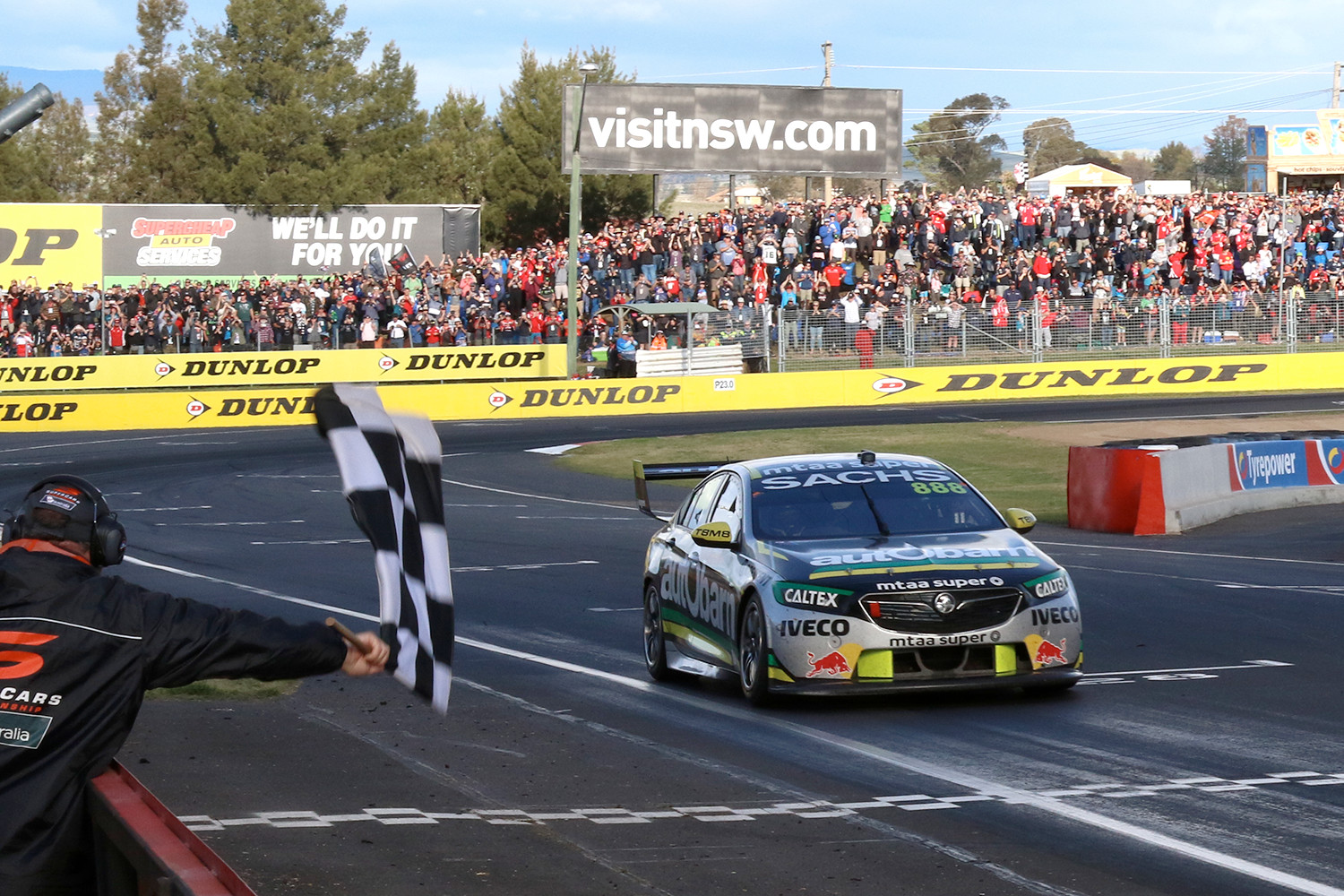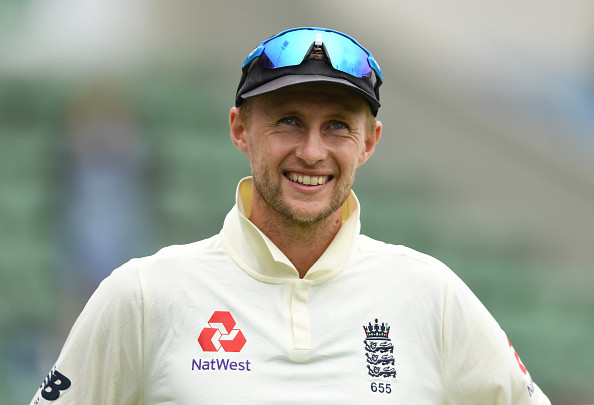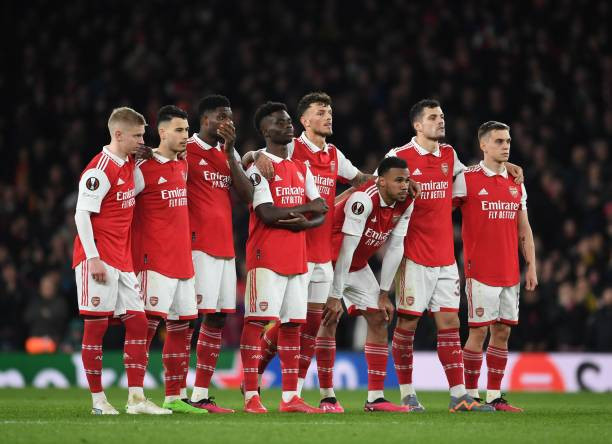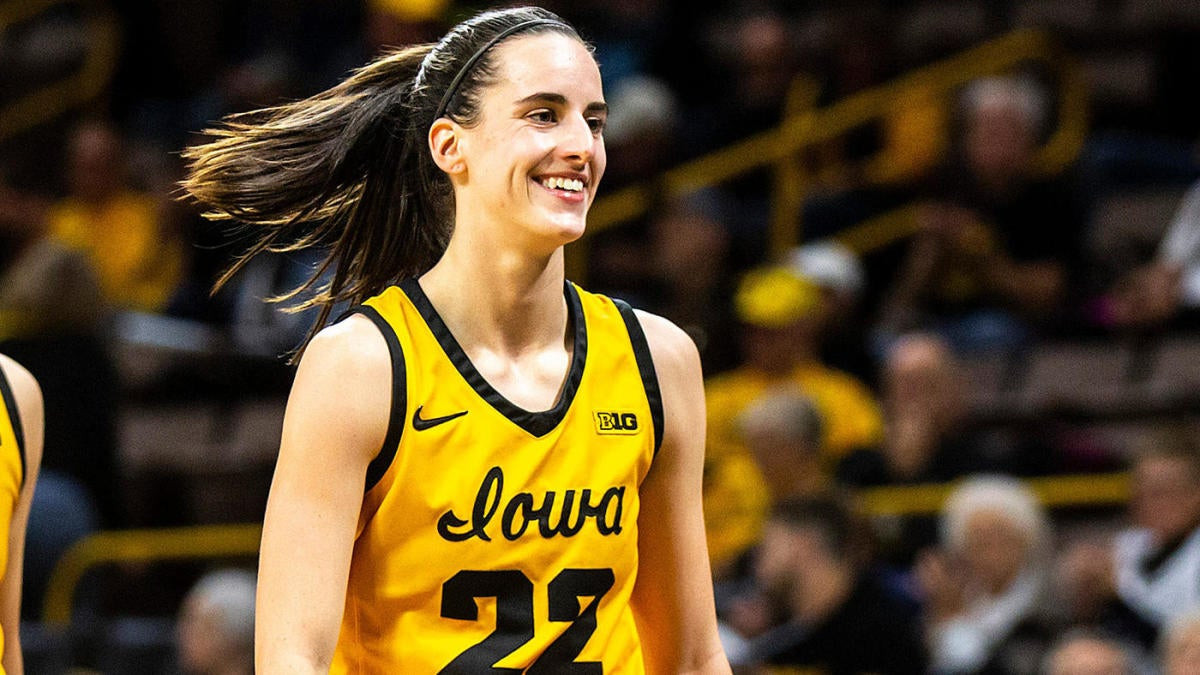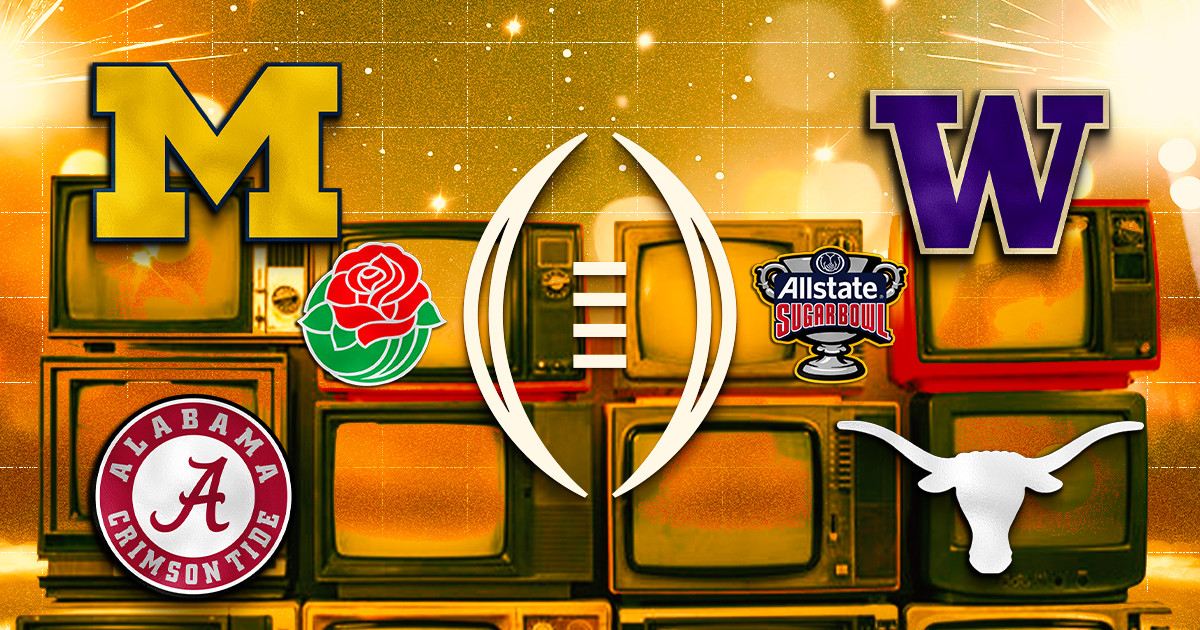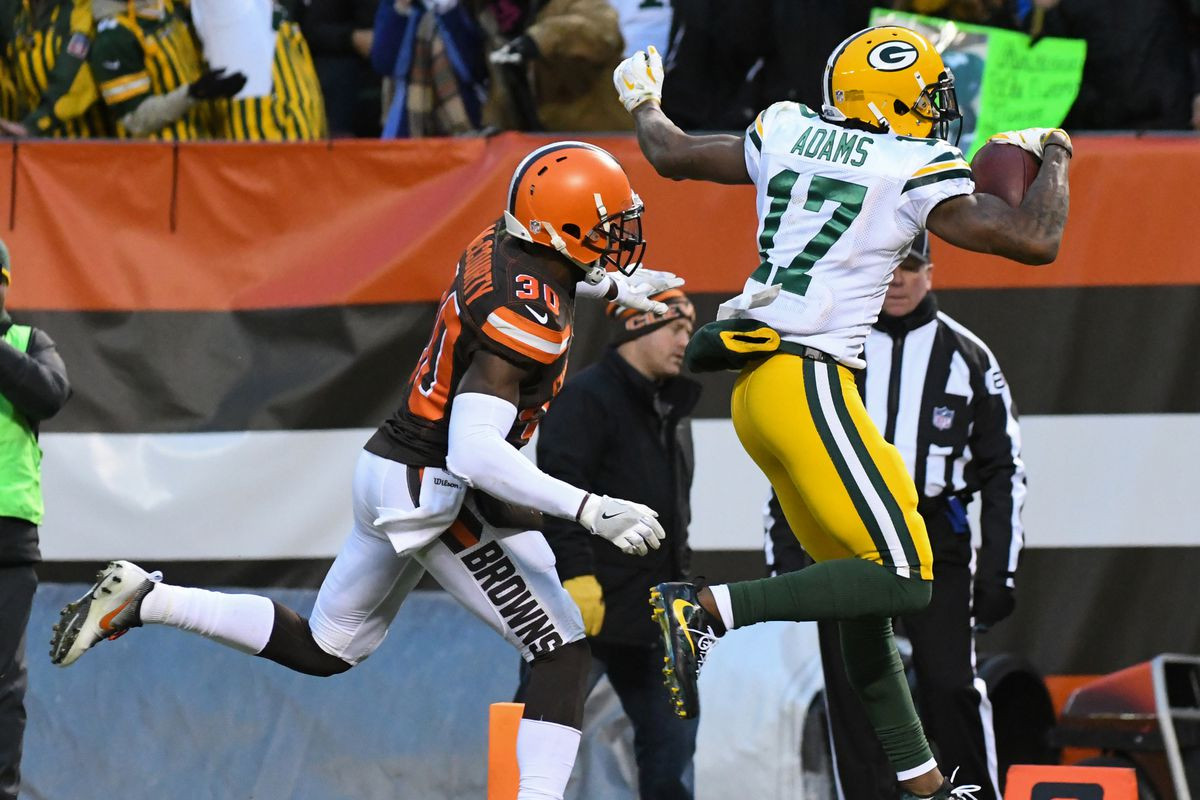Most people only remember one thing about Bathurst in 1994, it was the bold around-the-outside pass at the top of Mountain Straight that took 20-year-old Craig Lowndes into the lead at Griffins Bend and announced his arrival as a future star in touring car racing.
Lowndes now admits he missed his braking, and John Bowe declined to fight him for the spot with victory on the line – but it was a truly memorable moment. It came at a time when Aussie muscle cars were the fan favourites, the touring car championship had grown to 10 rounds, but a new generation of two-litre touring cars were sliding into the action. It would only be a couple of years before the creation of V8 Supercars to properly promote and market the homegrown heroes – cars and drivers – and the introduction of Super Touring that triggered the biggest Bathurst battle in the history of the race.
Lowndes’ performance also signalled a significant change on the driving front, as the old guard of owner-drivers started to step back and a new generation of paid hot-shoes arrived to fill their spots. But that was still to come as team boss Dick Johnson and his hired gun Bowe claimed victory in the Bathurst 1000. They were sharing an EB Falcon which was a world away from the Ford Sierra turbo which first carried the pair to first place in 1989.
Larry Perkins and former MotoGP racer Gregg Hansford were third, a year after the pair had scored one of Perkins’ six victories at Mount Panorama. It was a time when the former F1 racer was at his peak as Commodores from Perkins Engineering won three times through the 1990s, but just months before Hansford was killed in a crash at Phillip Island in a Ford Mondeo.
Best of the 2-litre cars was Paul Morris, sharing with BMW factory racer Altfrid Heger, in a factory-prepared 318i. They had only qualified 31st but finished in 10th place, as BMWs screamed home to a 10-11-12 result, although eight laps behind the winners at the flag.
Most significant, with the benefit of 20:20 hindsight, was the non-finish for Glenn Seton, who had lined up with Paul Radisich. He had qualified his Falcon on pole position with a lap in 2 minutes 12.1464 seconds, edging out Peter Brock, and was a consistent pace-setter throughout the weekend.
High-Profile Casualties
There were other high-profile casualties. Brock, who had started from the front row with Tomas Mezera as his co-driver after building a bridge with Holden that put him back into the HRT factory team, crashed at the top of the Mountain in a rare error that signalled the start of his decline as a front-line racer. It also meant he missed a potential $100,000 payday, as he was offered that bonus if he could claim his 10th Bathurst win.
Mark Skaife, who came to Bathurst as the touring car champion after taking four wins in the Winfield Commodore prepared by Fred Gibson’s team, should have been a contender with Jim Richards alongside him and third on the grid. But he, too, crashed.
The Dawn of a New Era
In a pointer to the future, there was a group of high-profile rookies who raced alongside Lowndes in ’94. Steven Johnson shared a family Falcon with Allan Grice and Greg Murphy raced an unlikely Toyota Carina in the two-litre class, only managing 23rd place.
Johnson's Last Bathurst Triumph
Although nobody knew it at the time, the 1994 Bathurst 1000 marked a turning point in Australian motorsport. Driving the iconic No.17 Ford Falcon with John Bowe, it was Dick Johnson's final Bathurst victory. At the other end of the spectrum, a young Craig Lowndes was making his debut.
After a late-race restart, Lowndes announced his arrival in the sport with a sensational move around the outside of Bowe under brakes into Griffins Bend. “This kid is dynamite,” commentator Mark Oastler quipped. That would go on to become one of the most iconic lines in the race's history.
But the Johnson-Bowe Falcon had been the dominant car all weekend. Once his tyres came up to pressure, Bowe was able to put his decades of experience to good use. He cruised up to Lowndes' rear bumper, and with the help of a backmarker who clearly didn't check his mirrors, got back past down the inside into turn one, Hell Corner.
That was all she wrote, and Bowe disappeared into the distance to take the chequered flag.
In a video released by the team marking the anniversary, Johnson said as Bowe moved to the inside of the corner to defend from Lowndes, he never expected the then-20-year-old to make such a bold move. According to Johnson, neither did Lowndes. In fact, Johnson said Lowndes was lucky to not crash.
“When you talk to him after the event, Lowndesy missed the brake pedal,” Johnson said. “That's why he went past. Fortunately for him, he got it stopped.”
In the following laps, Johnson got on the radio to give his teammate a rev-up. “It was about then ... I got on the radio to JB and said: 'Listen mate, you're a touring car wizard. We've won this race together before, and we need to win it again. You're letting some rookie blow you away. Get yourself together’.”
“And he did. I must admit he focused, because I told him 'you're not going to let some snotty-nosed kid beat you, are you?'.”
The story goes that once Bowe was past, Lowndes was told to conserve fuel ensure he made the finish. Johnson doesn't buy it. “Whether or not that was an excuse, I don't care. We won the race,” he said. “When the chequered flag came out and JB went across the line with his hand out the window, that's when I thought 'well thank heavens, mate. You've done us proud’.”
A Legacy Endures
Three decades later, the No.17 Mustang will be steered by Will Davison and young rookie Kai Allen. Practice for the Bathurst 1000 got underway on Thursday and continues on Friday. The race begins at 11.30am (AEDT) Sunday.
The 1994 Bathurst 1000 marked the end of an era for Dick Johnson and the beginning of a new chapter for Australian motorsport, with the arrival of a young, talented driver named Craig Lowndes. As the sport continues to evolve, the legacy of that race, and the bold move that defined it, continues to inspire and captivate fans.




